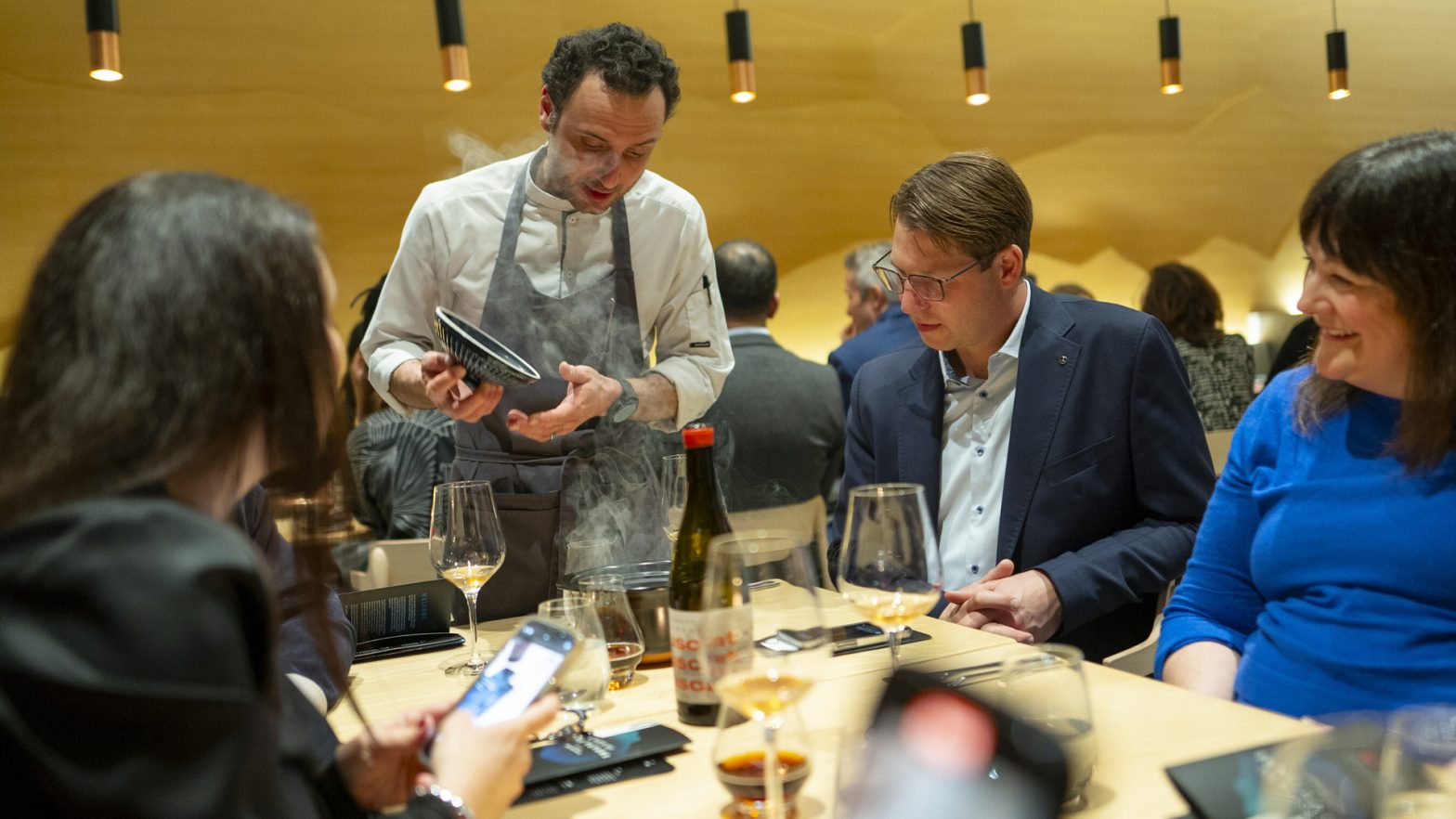In search of a new idea? Brainstorming is a tried and true method for coming up with fresh perspectives and sparking creativity. Whether you’re stuck on a project at work or trying to think of the perfect gift for a loved one, taking the time to brainstorm can make all the difference. Keep reading to learn more about how to brainstorm effectively and get your creative juices flowing.
Brainstorming – what is it, and why is it important?
Brainstorming is a technique used to generate new ideas. It is usually done in groups, with each person sharing their thoughts and then building on those of others in the group. Idea generation can be used for any problem or goal, big or small.
There are many reasons why brainstorming is essential. Firstly, it encourages creativity and out-of-the-box thinking. It is important because it allows you to devise new solutions to old problems or find new ways of doing things. Secondly, a buzz session is a fantastic way to generate many ideas quickly. It is useful when you come up with many concepts, especially when starting a new project or planning an event.
Finally, it is an excellent way to get everyone involved in decision-making. It is essential because it ensures everyone has a say in the end and feels invested in the project. A discussion group can also help you build team morale and cohesion.
The history of brainstorming – where did it come from?
The history of idea generation is quite interesting. The term “brainstorming” was first coined by Alex Faickney Osborn in a 1953 book called Applied Imagination. In his book, Osborn described brainstorming as a “group creativity technique” that could be used to generate new ideas.
Interestingly, Osborn’s book was based on his experiences working as an advertising executive in the 1920s. At that time, advertising was a very new industry, and creativity was highly valued. Osborn and his colleagues often held “idea-generation sessions” to develop new concepts for ads.
How to brainstorm effectively – some tips and tricks
If you want to brainstorm effectively, there are some things you need to keep in mind. First, it is crucial to relax and let the ideas flow. It means not overthinking things and just letting the ideas come to you. Second, it is vital to be open to all ideas, no matter how “out there” they may seem. It is because the best concepts often come from left field, and if you dismiss an idea too quickly, you may miss out on a great opportunity.
Next, remember to build on the ideas of others. Don’t just focus on your ideas but also listen to and build on the opinions of others in the group. It makes the process compelling – the collective power of many minds working together. Take advantage of visuals; good and informative visuals boost information retention and can let you memorize unique concepts. For that purpose, use presentation templates by Vista; with it, you’ll manage to carve every idea out and remember it for further use.
The drawbacks of brainstorming – what are they?
You should be aware of some drawbacks of a buzz session. It can sometimes lead to “groupthink.” It is when the crew becomes too focused on agreeing with each other, and as a result, they stop thinking creatively. It can lead to the group coming up with concepts that are not very original or that are not very good.
A discussion group can also sometimes be dominated by one or two people. It can happen if the group is too small or there is a power dynamic at play. As a result, the quieter members of the group may not have their ideas heard or may not feel like they can contribute.
It can sometimes be frustrating and challenging to develop new ideas if the group cannot reach a consensus.
Brainstorming in the future – where is it going?
The future of brainstorming is looking very promising. Idea generation will only become more effective with new technologies, such as virtual and augmented reality. These will allow for more immersive and realistic experiences. For example, with VR, you can “step into” your ideas and see them from all angles. It will allow you to better understand how they will work in practice.
Case studies – examples of brainstorming in action.
There are many examples of brainstorming in action. One famous example is the “marshmallow challenge.” It is a challenge that Stanford professor Tom Wujec created. The challenge is to build the tallest free-standing structure out of 20 sticks of spaghetti, one yard of tape, and one marshmallow. The challenge is designed to encourage creativity and collaboration.
Another example of a buzz session in action is Google’s “20% time” policy. This policy allows Google employees to spend 20% of their time working on projects outside their regular job duties. This policy has created some of Google’s most popular products, such as Gmail and Google Maps.
Finale
Brainstorming is a great place to start if you’re looking to come up with something new and innovative. Following the tips above, you can design some genuinely outside-the-box ideas. So don’t be afraid to try something new – you never know where it might lead.













































